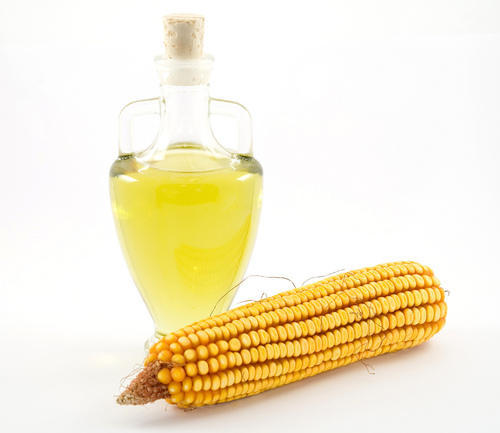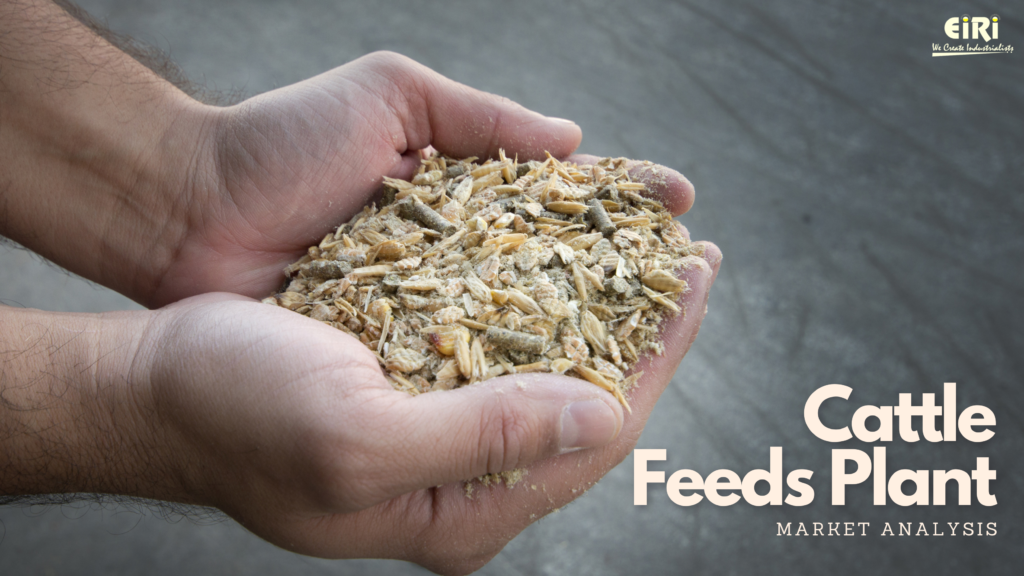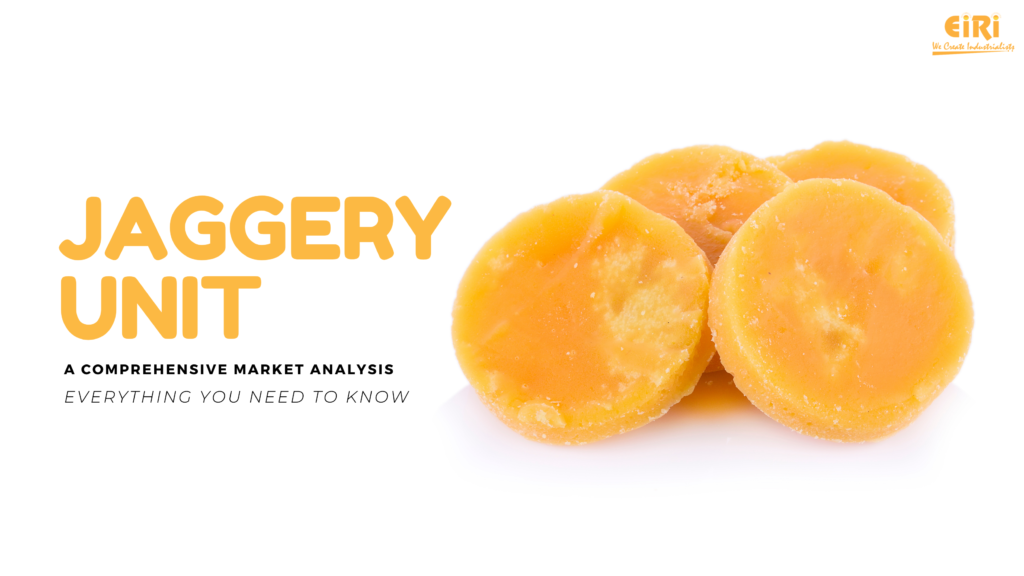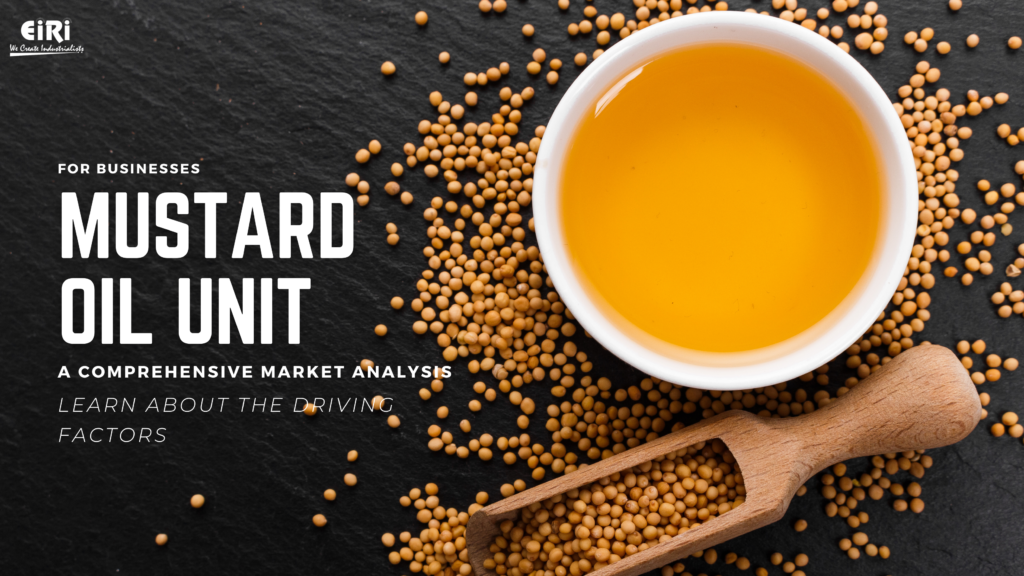Extra Neutral Alcohol with Maize as Raw Material
For the manufacture of ENA from maize. The incoming maize /corn are inspected for bushel weight, moisture content, mold infestation and general appearance and is store in silos. Grain is lifted and unloaded by bucket elevator into maize silos. The maize is now fed into vibratory pre cleaner. The precleaner removes light impurities like straw, stem and fine dust. Maize from vibrator is fed by gravity to magnetic separator to remove iron particles and is further passed through destoner to remove heavy particles like stones. From destoner, the maize is fed to hammers mill to get maize flour.
Conventionally, extra neutral alcohol is manufactured from rectified spirit. The impurities in rectified spirit are reduced to considerable extent by properly diluting and redistilling the spirit. The impurities like aldehydes, acids, esters, higher alcohols are minimized by controlled condition and tapping impurities at appropriate points during distillation.
We provide detail project report (DPR) that contacts all details that can help you in starting your industry. We can also prepare project report on any subject as per your requirement (we can modify the project capacity and project cost as per your requirement), click here to contact us
The material of construction used for entire distillation column and condensers is deoxidised red copper. Copper has special properties to react with some impurities, particularly sulphur containing compounds, and prevent their distillation with top product.
The distillation columns requiring steam for heating are provided with reboilers so that direct mixing of steam is avoided. For dilution of alcohol soft water is used in order to take special care regarding the quality of final product. The diluted and treated rectified spirit is pumped to overhead tank from where it is fed through a rotameter to the purifying column.
In the system employing reboiler, the hydrated rectified spirit is fed to the purification column where most of the low boiling components are removed as the top product. The bottom of the purification column is heated indirectly by steam through a thermosyphon reboiler. From the bottom of the exhaust column spent lees is removed which preheat alcohol water mixture in a plate type heat exchanger before being discharged. The vapours from the exhaust column rise to the top of the rectification column, which are condensed and refluxed. Extra neutral alcohol is drawn near the top of the rectification column (3 to 4 trays below top). The ena is cooled in a cooler and taken to storage. Fusel oil is drawn near the bottom of the rectification column, decanted, cooled and sent to storage.
In another modification of the above system an additional refining column is added. The liquid from the top of the rectifying column is fed to the refining column and heated indirectly through a thermosyphon reboiler. Extra neutral alcohol is removed from two to three plates above refining column. In this system the quality of ena obtained is of high grade.
In the five-column system apart from purification, rectifying and exhaust columns two additional column are employed. The fusel oil concentration column is heated directly with steam and fusel oil are tapped near the middle of the column. Fusel oil is separated and the alcohol containing water mixture is feed back to the column. The low boiling impurities from the purifying and rectification column are collected and after proper dilution with water are fed to the heads concentration column for final separation of impure spirit. The advantage of five column is the reduction in percentage cut of impure spirit to 5 percent as compared to 25 percent cut in three column system. The quality of spirit produced in five-column system will be also be superior to spirit produced in three-column system as it achieves better separation of impurities. However, the requirement of steam in five columns system is higher than the three-column system.
Aj alcohols and allied industries limited was the first to introduce a grain based distillery in maharashtra in the year 2007 that uses maize, jawar and broken rice as feedstock. The distillery unit has a heavy production capacity of 90 lakh liters per annum and is intended to be doubled in coming years. The company operates a 30 klpd (kilo liters per day) plant supplied by m/s. Praj industries ltd. Pune to produce potable quality ena. In a move to emphasize the need of energy conservation and increase efficiency of the plant, the industry has also set up a co-generation power plant that produces both electricity and useful steam.
The outcome of the distillation process is rectified spirit, extra neutral alcohol and fusel oil which are sold to reputed clients such as pernod ricard india, gm breweries, snj distilleries united spirits ltd., etc. The by-products obtained are distillers wet/dry grain soluble which is processed to be used as cattle feed and co2 that is bottled to be used in beer brewing industries. The rectified spirit is also used in the in house production of country liquor.
Major processes in the distillery unit are:
Material handling
The incoming grain is inspected upon receipt. Inspection is carried out to determine the bushel weight, moisture content, mold infestation and general appearance. The accepted quality grain is unloaded into silo for storage before milling. The stored grain is weighed to determine the incoming quantity.
Milling
The purpose of milling is to break up to grains to the required partical size in order to facilitate subsequent penetration of water in the cooking process. The milling section of the plant has the necessary equipment for cleaning of the raw material and screening the milled floor so as to get the desired particle size. Selected hammer mill will be able to mill any grain.
Liquefaction
Liquefaction initiates the conversion of starch in to simple molecules of dextrin’s. It is divided in to three sub process that is pre liquefaction, jet cooking and post liquefaction.
Pre liquefaction: this involves partial hydrolysis of starch in presence of enzymes.
Jet cooking: this step involves the cooking of the starch slurry with live steam so as to instantaneouslyraise its temperature.
Post liquefaction: the retention time in post liquefaction is 30 minutes, second part of enzyme is added in post liquefaction.
Pre-saccharification: from the post liquefaction the mash is pumped through heat exchanger to be cooled for saccharification. Saccharification is the formation of fermentable glucose and the process is carried out with residence time of between 45 to 90 minutes.
Fermentation
Partial saccharified slurry from pre saccharification tank is pumped in to fermenter and is diluted to appropriate sugar concentration with process water. During fermentation process saccharification progresses further and releases glucose required by yeast. Temperature in the fermenter is maintained at 30o c with the help of external plate heat exchanger. The rate of fermentation reaction gradually increases and after about 55 to 65 hours fermentation completes. The co2 gas which is liberated during fermentation.
Distillation
Using distillation, the alcohol is separated from the fermented wash and concentrated to 95% alcohol i.e. Extra neutral alcohol or rectified spirit.
Extra neutral alcohol (ena) is used as the main raw material in the manufacture of consumption alcohol. There are two varieties of ena: molasses based ena and grain based ena. The molasses based ena is mainly used to manufacture cheap liquor and grain based ena is used for premium brands. In developed nations it has been declared that consumption alcohol should not be manufactured from molasses as it is dangerous for human consumption. But in india there is an acute shortage of grain ena and only available raw material for consumption alcohol is molasses ena so it is been widely used.
EIRI have recently prepared the detailed project report of extra neutral alcohol with maize as raw material with the capacity of 60 klpd, plant and machinery cost Rs. 44 cr., bep: 58%.
We can also prepare project report on any subject as per your requirement (we can modify the project capacity and project cost as per your requirement), please fill the form below to contact us.




